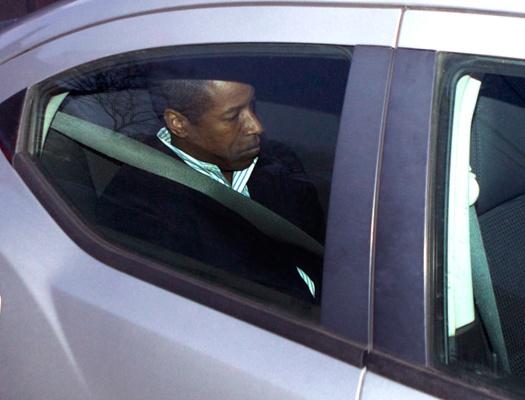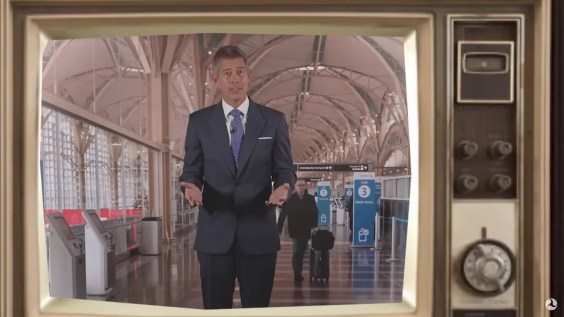In the wake of a scandal-soaked week in Albany, Governor Cuomo held a press conference this afternoon with district attorneys from across the state to announce a new anti-corruption law. As he seeks to tighten the rules in Albany, Cuomo could take immediate steps to make sure a transportation funding mechanism that featured prominently in last week's scandals is fortified against abuse by lawmakers.

"Money is what greases the wheels -- good, bad, or indifferent," City Council Member Dan Halloran said while accepting $7,500 in cash from Rockland County-based developer Moses "Mark" Stern, according to the U.S. Attorney's complaint filed last week. Halloran promised to use council discretionary funds to advance State Senator Malcolm Smith's mayoral ambitions. But with Albany discretionary funds -- called "member items" -- under scrutiny, Smith suggested a different source of funds to grease the wheels for Stern: the New York State Department of Transportation's Multi-Modal Program.
If corruption festers where there is little sunlight, that explains why Smith suggested this transportation fund to dole out favors. Stern, who unbeknownst to Smith was collecting evidence for federal prosecutors, said he wanted state funds for road work near a project in Spring Valley. "Multi-modal money is outside the budget and it’s always around," Smith told him on March 21, suggesting that Stern ask Senator David Carlucci, who was not involved in the scandal, to secure the $500,000 item.
"The Multi-Modal Program, with $288 million in reappopriated funding, is the largest potential source of discretionary funds that legislators can directly steer to projects in their districts," according to government watchdog Reinvent Albany.
The money in the program, funded by Thruway Authority bonds, is controlled by legislators and the governor, and can be used for almost any transportation project: state or municipal roads, bicycle or pedestrian projects, freight or passenger rail projects, aviation, ports, or ferries. The funds are often used for small projects, or to bridge funding gaps in larger projects where other sources have already been secured, and are particularly popular with smaller cities and towns. The funds may go to projects for entirely legitimate, worthwhile purposes, but it is very difficult to verify whether that's the case, because there is no full, public accounting of how the money is spent, or which legislator requested the funds.
Attempts to discover  which projects are supported by the Multi-Modal Program and the lawmakers that requested each item have been unsuccessful so far.
which projects are supported by the Multi-Modal Program and the lawmakers that requested each item have been unsuccessful so far.
At a joint budget hearing on January 31, legislators asked the state DOT for a list of capital projects in the proposed 2013 agency budget. That list [PDF], which was not provided until the week before the budget was passed in March, doesn't show which programs are funding which projects. The federally-mandated Statewide Transportation Improvement Program has more information on funding sources for individual projects, but doesn't specify which state dollars are coming from the Multi-Modal Program.
"I should be able to figure it out from public sources, and I'm not able to do that," said Nadine Lemmon of Tri-State Transportation Campaign. "I feel like I'm in a Kafka novel trying to figure out who makes decisions."
The only clues as to where the money goes, and who requests it, are what's reported in the media or included in a patchwork of public documents. For example, the Multi-Modal Program has funded road work in Putnam County, transit signal priority in Westchester County and a bridge replacement in Oneonta, while Assembly Member Joseph Lentol has also suggested the program as a source of funds for a protected bike lane on the Pulaski Bridge.
"It's a member item, but with a different name," Lemmon said.
The governor is directing Regional Economic Development Councils to utilize the program as part of his New York Works initiative. "At least the economic development councils have a somewhat public process," said John Kaehny of Reinvent Albany. "You have a group of prominent citizens that are voting on the projects."
Streetsblog has asked the Division of the Budget for a list of projects funded by the Multi-Modal Program in Fiscal Years 2012 and 2013, as well as the Memorandum of Understanding for each project. We'll let you know if we hear anything back. To improve transparency in the long term, Reinvent Albany is recommending the governor and the comptroller provide this information online to the public.





